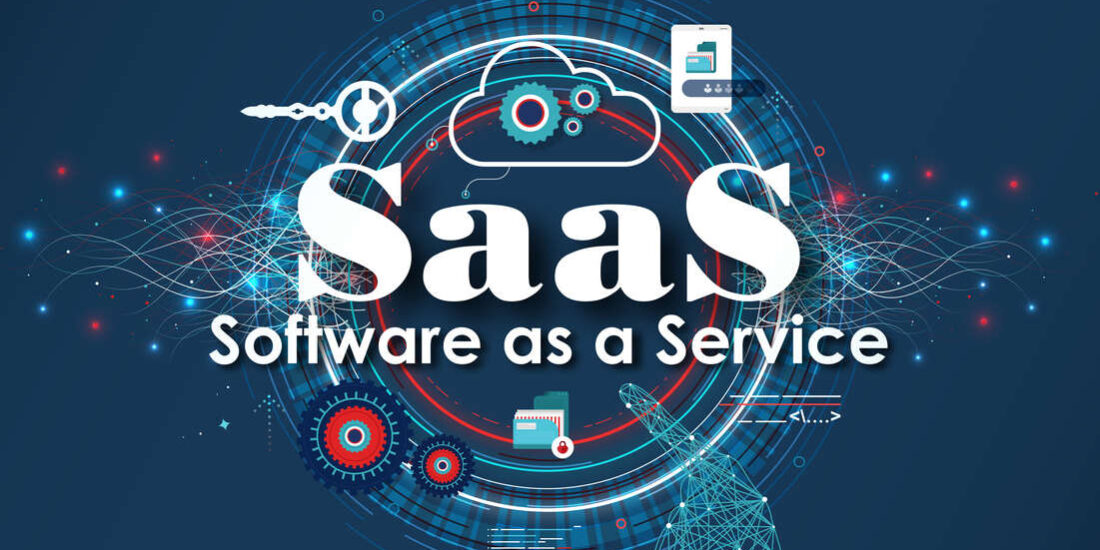Statistics has existed for centuries, influencing several academic disciplines from social sciences to physics and the like. The significance of statistics transcends academia into our everyday life and in business. Business leaders can employ statistical tools in multiple areas, including marketing, finance, human resource, and management. Statistical analysis is also a mainstay in today’s top inventions, from machine learning to business intelligence. Therefore, you’re likely to run into statistics in multiple departments. And downplaying it is not an option. As a business owner, it’s essential to prioritize the understanding and benefits of statistics. Here is why.
It’s essential to rational decision-making processes.
Business decision-making has evolved a great deal from taking wild guesses. Today, business owners can deploy one statistical technique after the other to generate huge volumes of data, leveraging insights for better decisions. And you’re likely to see a significant difference between the former and the latter. Statistical analysis helps executives understand what decisions work for their business compared to decisions that churn minimal results. How do businesses achieve this level of certainty? The digital world offers several decision-making tools and methods built on statistical intelligence. Machine learning, for instance, uses principles like Analysis of Variance or the ANOVA test to train ML models. These statistical models use historical and real-time data to create best and worst-case scenarios for a business’s future.
That way, businesses can understand the implications of each decision made and maximize the decision’s impact. The decisions translate into better planning and investment, ultimately showing business owners the best way to run operations.
Identify your target market and growth opportunities.
For many business leaders, statistical analysis is their third eye, helping them identify new opportunities. Businesses depend on these insights to gain ground in existing markets and establish their presence in new industries. This ensures that they can adequately prepare before the market booms and saturates. Business statistics can help owners identify their target market and develop research questions that bring out insights about potential customers and how to attract them. Descriptive statistics also help to define your potential clients determining their profitability. In such cases, you can determine whether a particular niche is best for your business or not.
Improve performance.
Many enterprises are clueless because of inadequate insights. Managers can leverage historical data and past successes to deconstruct business failures with efficient statistical tools. Various methods exist for business owners to establish the cause and effect relationships.
On the other hand, predictive statistics can help business owners predict future possibilities and trends. Comparing these statistics can better inform strategies to reduce wasteful operations and improve performance in the future.
Understand customer preferences.
Today’s customers have endless expectations. Effective businesses use different methods to personalize their marketing strategies providing specific services to improve customer satisfaction. But meeting customer expectations is not an easy task. These expectations change rapidly, demanding businesses to be on high alert for “what’s new and cool.” Statistical analytic tools can help understand behavioral changes in real-time. You can determine the best services to offer customers in different age groups and markets.
Evaluate products and services.
The best products on the market follow the bias of customer demand as it changes. It’s one thing to have the best product on the market, and it’s another having the capacity to sustain your product’s relevance in the long haul. Customers can outgrow your products as they age. Tastes and preferences can also change due to unknown and random factors. Businesses do not control these changes and therefore have little power over how they affect distribution and sales. The best option is to leverage data analysis to evaluate products and services at different times.
All in all, the impact of statistics in the business world cannot be overemphasized. Therefore, statistical analysis should be your ideal tool to evaluate variance and foster growth.


























